Submitted by WA Contents
Facial Recognition and Urban Technologies will invade stage at Shenzhen & Hong Kong Bi-City Biennale
China Architecture News - Nov 22, 2019 - 15:42 11953 views
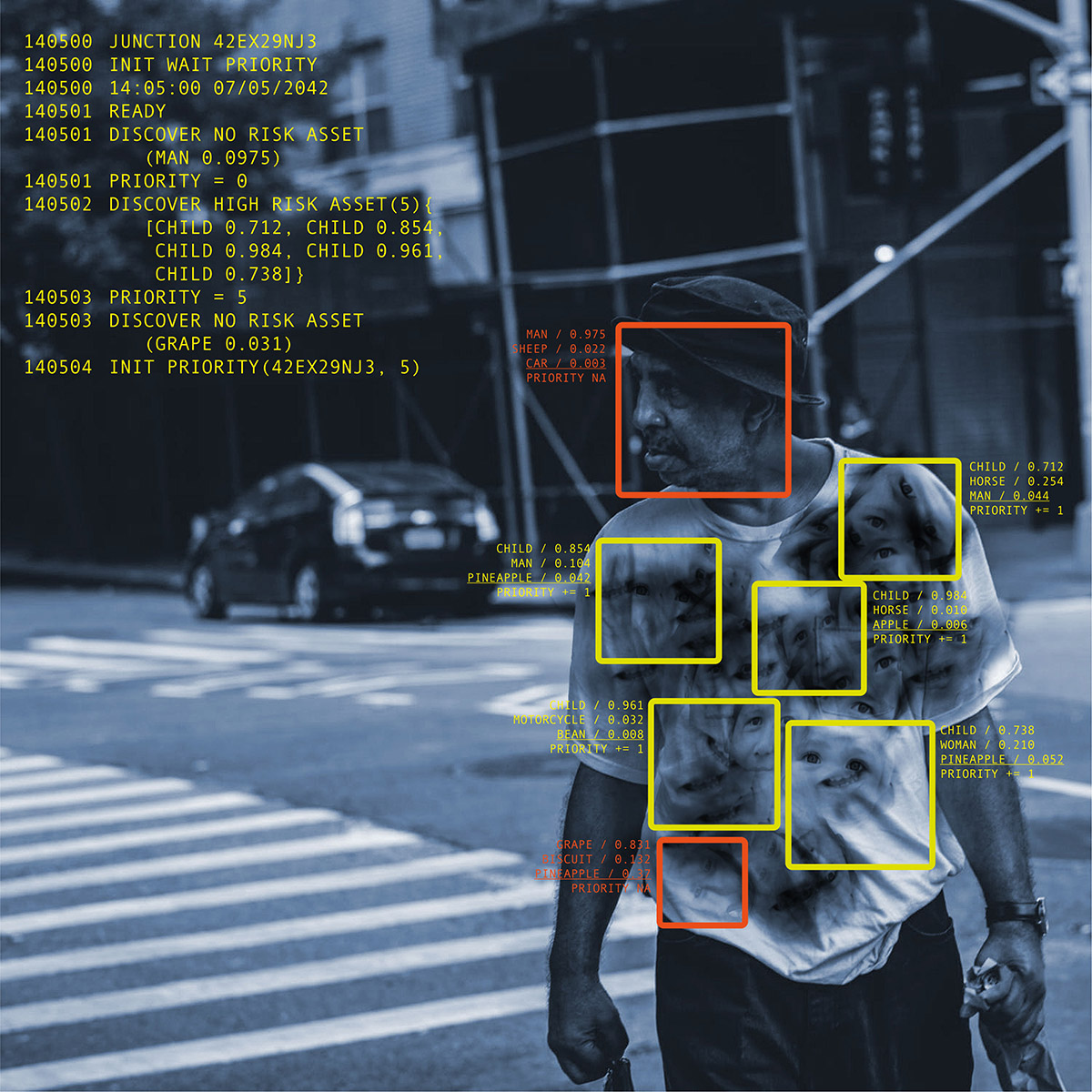
The Bi-City Biennale of Urbanism\Architecture of Hong Kong and Shenzhen (UABB) is set to open on December 15 and has released the first images of the installations from the exhibition.
The world’s most attended architecture exhibition in China will prompt a critical reflection on how digital technologies are impacting urban life. The Biennale "Eyes of the City" section is curated by MIT professor Carlo Ratti (Chief Curator), Politecnico di Torino and SCUT (Academic Curators).
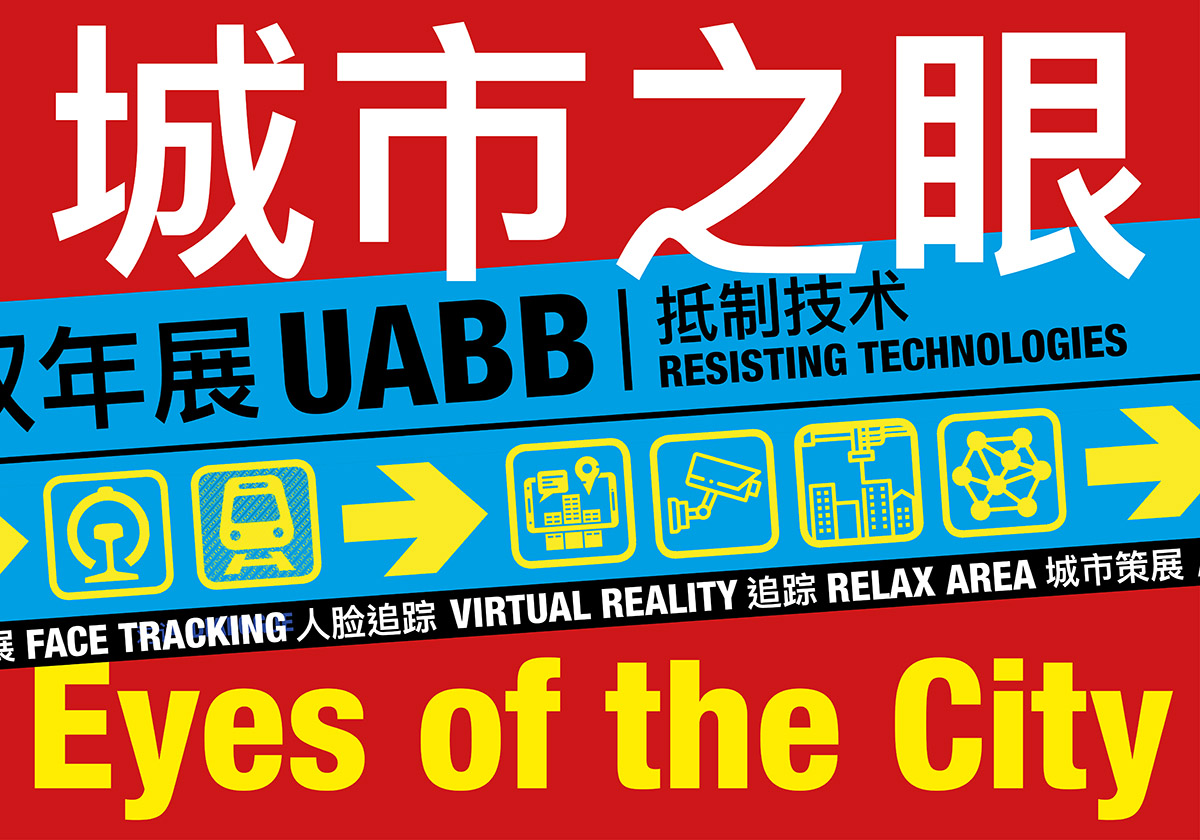
Image courtesy of Carlo Ratti Associati
The world’s most visited architecture event, the Bi-City Biennale of Urbanism\Architecture of Hong Kong and Shenzhen (UABB), will be the first exhibition to use Facial Recognition and Artificial Intelligence on its own premises, in order to prompt a critical reflection on how digital technologies are impacting urban life.
Set up in Hong Kong’s neighboring city of Shenzhen, the exhibition is called "Eyes of the City" and aims to explore the new urban condition of cities that can “see”. Entirely fabricated locally and interspersed in one of the halls of a high-speed railway station, it features original work by more than 60 acclaimed international exhibitors.

Mieke Gerritzen UABB Wall. Image courtesy of UABB
The "Eyes of the City" section is curated by MIT professor Carlo Ratti (Chief Curator), Politecnico di Torino and SCUT (Academic Curators), who will unveil the final selection at the Biennale opening on December 21st, 2019.
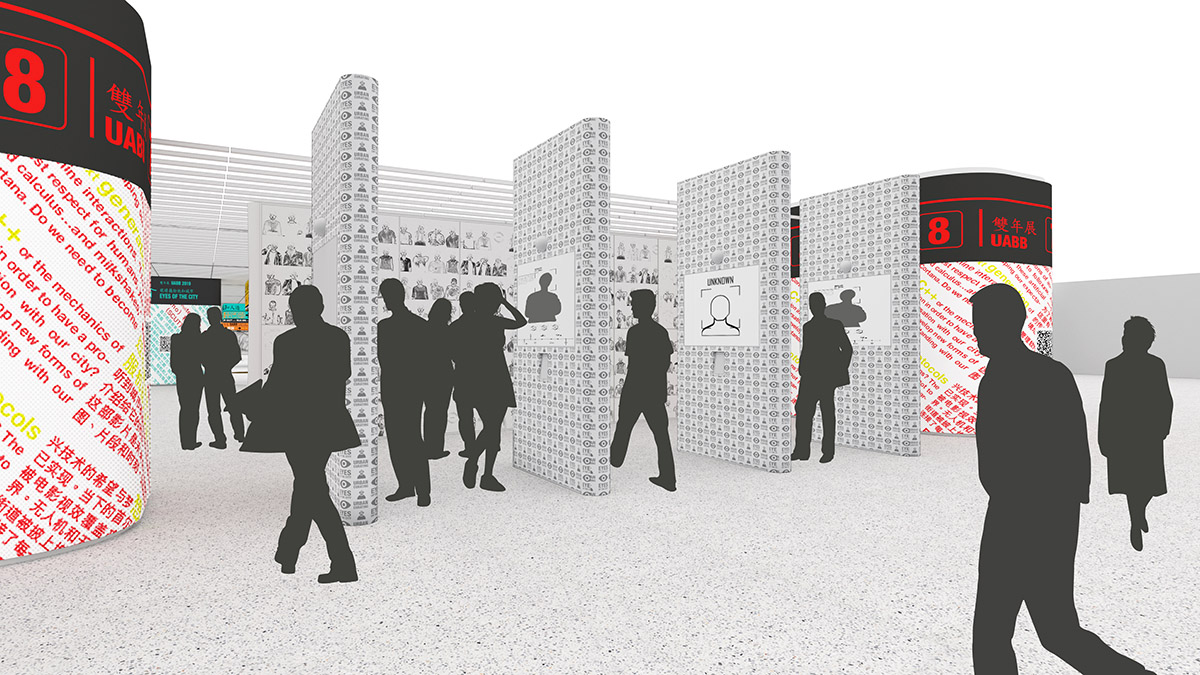
Futian high-speed railway station in Shenzhen. Image courtesy of UABB
"At a time when urban technology and facial recognition are prompting polarization and conflict - from Hong Kong to San Francisco – our exhibition wants to provide a critical reflection," said Carlo Ratti, director of the Senseable City Lab at the Massachusetts Institute of Technology.
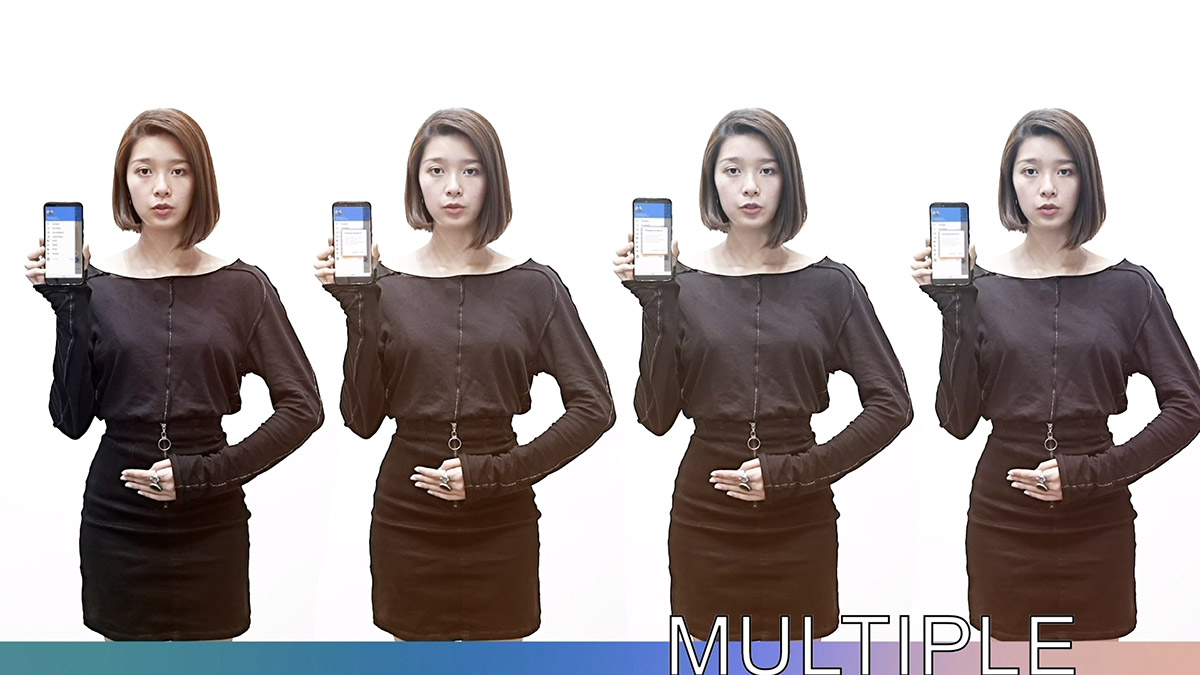
Presense 1 - Igor Sladoljev+. Image courtesy of UABB
The "Eyes of the City" installations revolve around the following question: what happens when the sensor-imbued city acquires the ability to see – almost as if it had eyes? The exhibition premises will be in the newly inaugurated Futian high-speed railway station in Shenzhen, connecting Mainland China and Hong Kong in less than 15 minutes.
Because of new technologies, stations themselves around the world, as well as other public spaces, are transitioning from spaces of anonymity to spaces of constant data gathering.
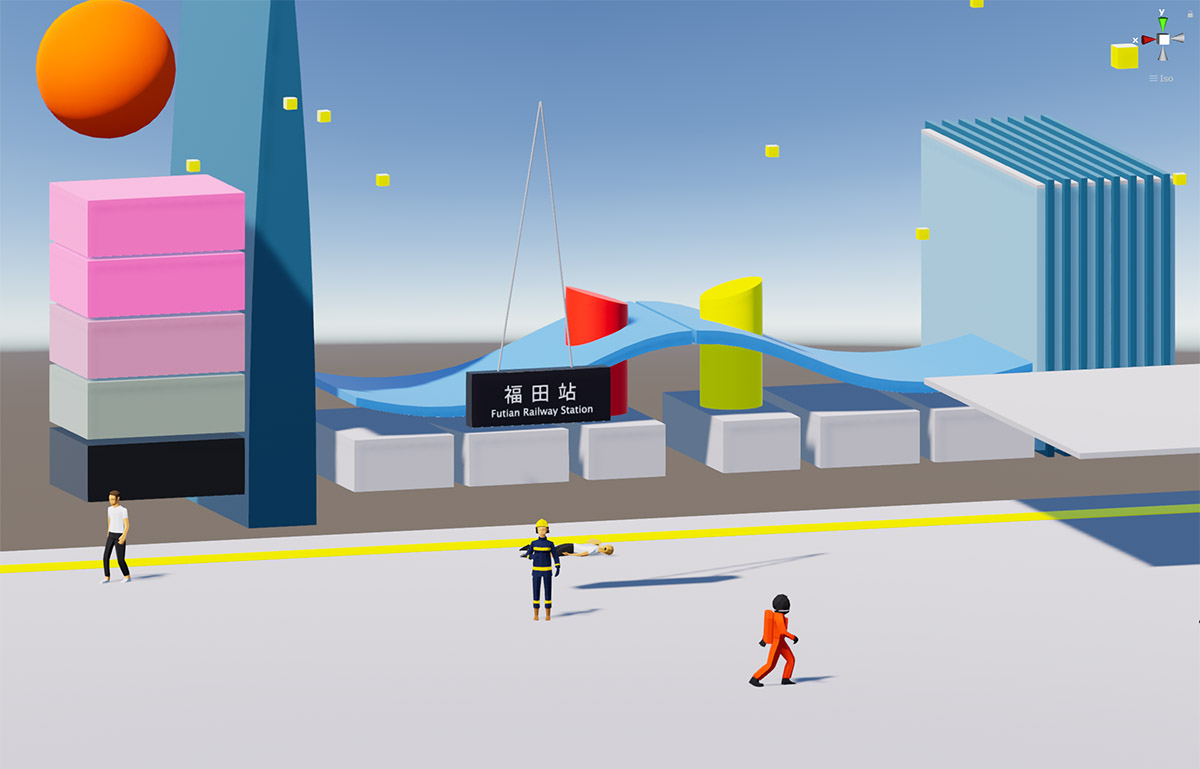
The Watched The Watcher 1 - YangYang+. Image courtesy of UABB
"As digital technology increasingly permeates our cities, railway stations are one of the public spaces that are likely to experience the strongest shift,” continued Ratti.
"For a long time, stations have been places where one could experience urban anonymity at its highest form. Already today, they are becoming examples of a built environment that is able to recognize and respond to us in real-time. In stations as well as in airports, we can already observe what an 'Eyes of the City' scenario might look like and start a critical reflection about it."
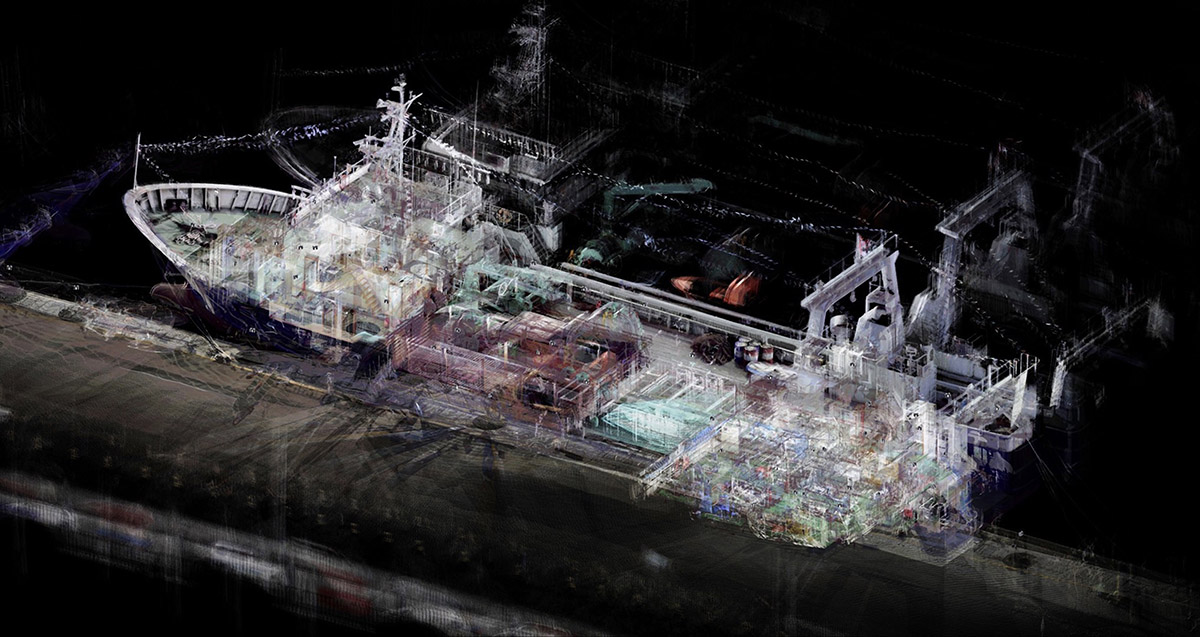
Shekou Port 1 - Intact Studio, Ai Deng, Li Lipeng. Image courtesy of UABB
"We called upon all those practitioners who deal with cities – architects and urban planners but also economists and philosophers – to understand the impact of new technologies on our urban future," said professor Michele Bonino from Politecnico di Torino.
"The ‘Eyes of the City’ exhibition presents a new way to look at ourselves. We are grateful to UABB for giving us the opportunity to explore such themes with honesty and transparency at such a critical moment."
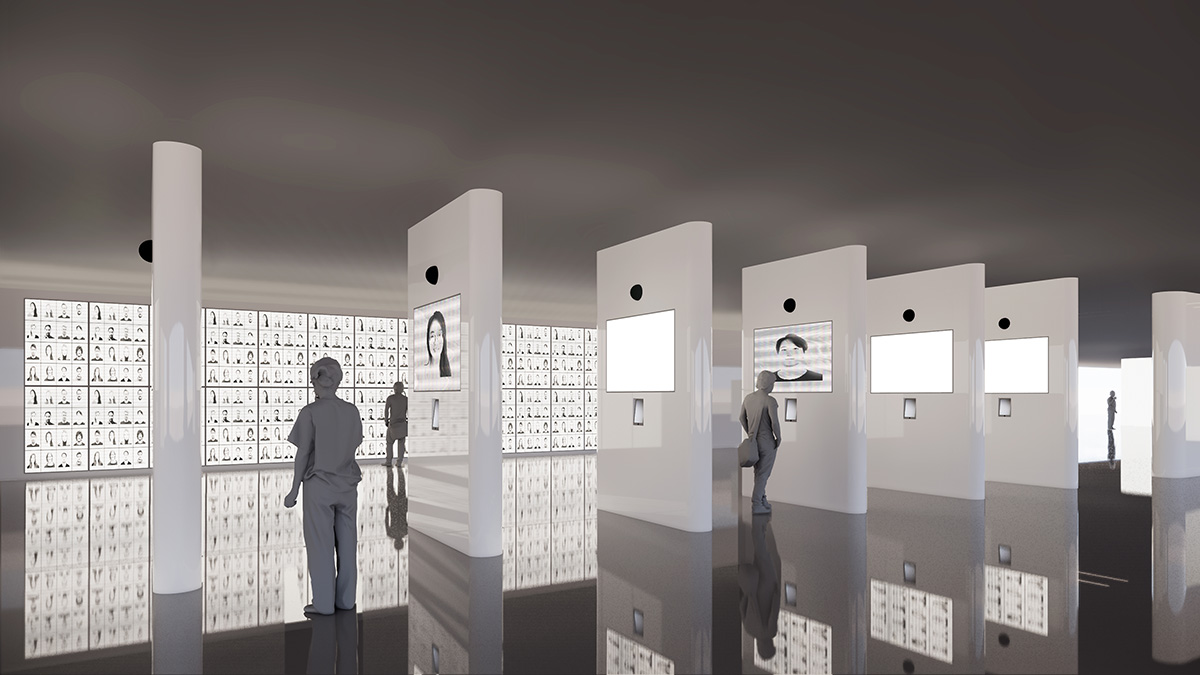
MVRDV's proposal. South Point Collage. Image courtesy of MVRDV
"Eyes of the City” will be the first public exhibition to incorporate facial recognition technology on its very premises. Visitors will be facially scanned upon accessing the exhibition through the two info points, designed by leading Dutch practice MVRDV, on opposite ends of the venue."
"However, unlike all systems deployed in cities all over the world, everything will be based on transparency: cameras will be highlighted throughout the space and visitors who not wish to be recognized will wear a special mark on their face to remain anonymous, signaling their stance to others. "It is vital that we have the ability to opt-out, not only online, but also in the space of the digitally-augmented city," adds Ratti.
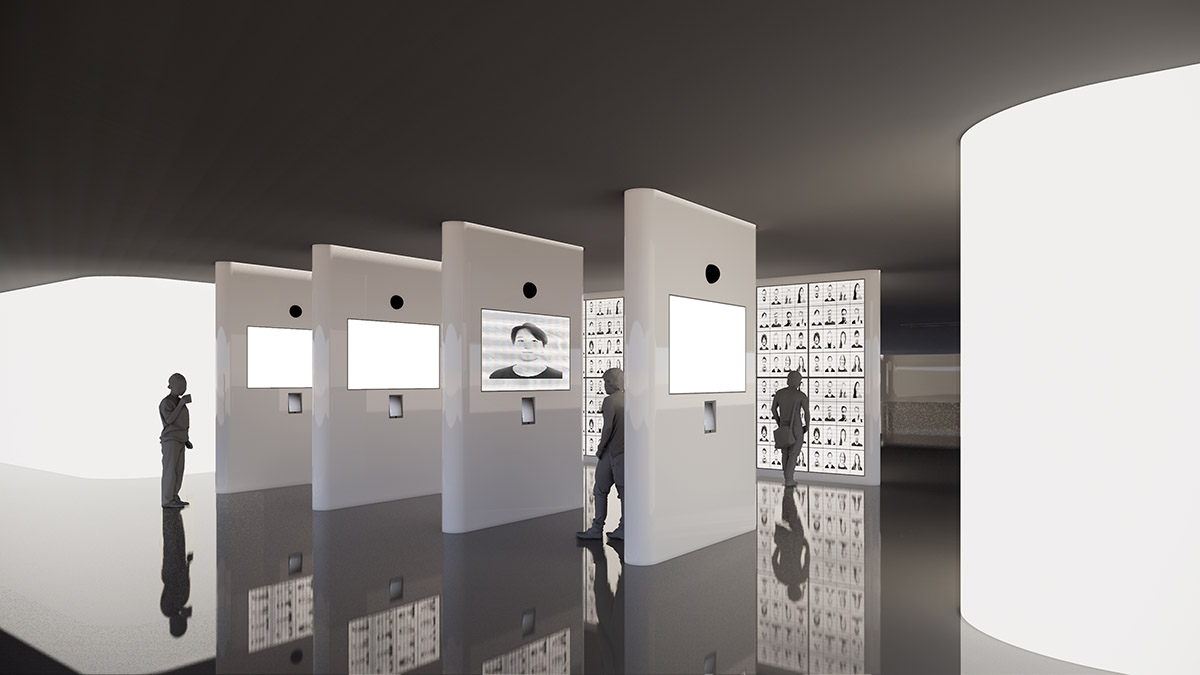
MVRDV's proposal. North Point Collage. Image courtesy of MVRDV
"We try to be a think-tank and a mirror to Carlo Ratti’s group, to explore how facial recognition can be developed, and how to position it. Our info points make the user aware of their experience. It’s almost impossible to go through as a group – the design acts as a ‘filter’ that you go through individually, and in which you can choose to participate or not," said Winy Maas, co-founder of MVRDV and founder of The Why Factory.
"They therefore make the user very much aware. We make the system subtle but clear at the entrance and exit, and hence the issue can be felt and discussed," Maas added.
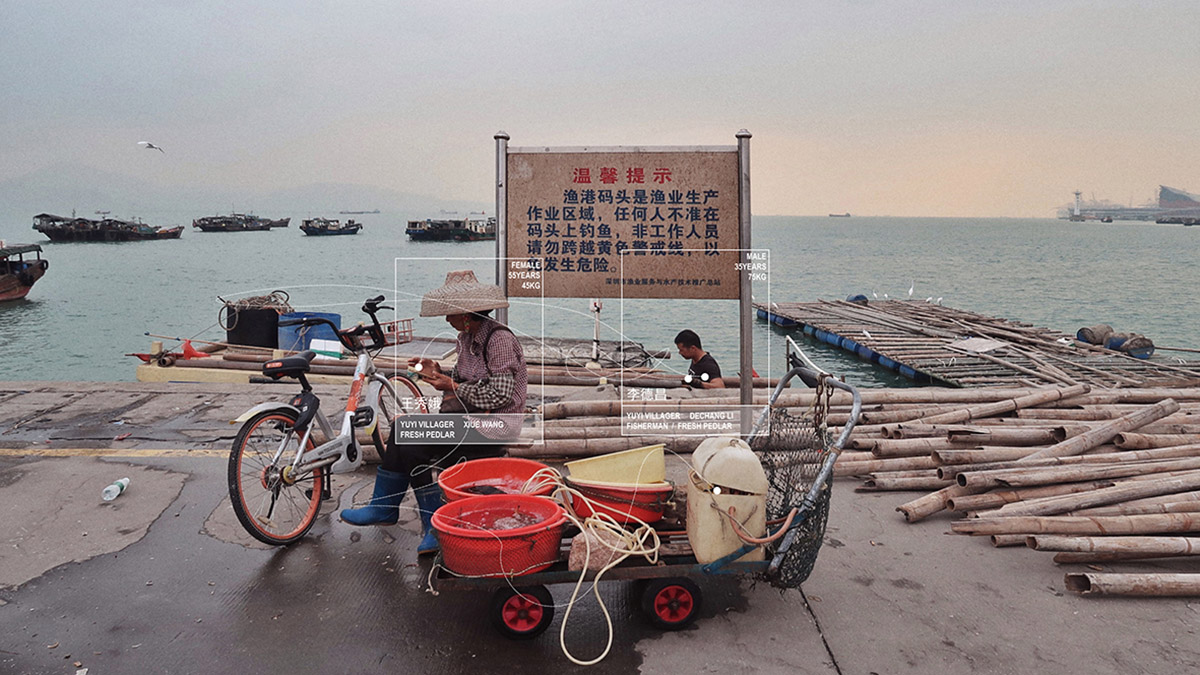
Shekou Port 4 - Intact Studio, Ai Deng, Li Lipeng. Image courtesy of UABB
Among the installations that underscore the “Eyes of the City” approach is the work by leading Chinese architect Yung Ho Chang, in which a series of upside-down telescopes invite us to “Look Back” at technology, advocating for a bidirectional relationship between mankind and the digital city. Beyond its “Resisting technologies” section, the exhibition path will be divided into a series of sub-clusters devoted to exploring different fields in which the “Eyes of the City” can impact tomorrow’s urban landscape.

Driver Less Vision Shenzhen 3 - Guillermo Fernández Abascal+. Image courtesy of UABB
"The installations will deal with topics as diverse as Shenzhen’s transformation dynamics and collective memory, the transformations to urban infrastructure brought about by autonomous mobility, the increasing convergence between the natural and the artificial, and the ways in which A.I. might both support or disrupt design and construction processes," added Bonino.
The list of practices and designers involved in the show includes names such as Baukuh, Cui Kai, Dominique Perrault Arquitecture, Future Firm, Jeanne Gang, Thomas Heatherwick, Liu Jian, Antoine Picon, Terreform ONE, XKool, Long Ying, J. Meejin Yoon, Liam Young, Philip F. Yuan, Zhang Li.
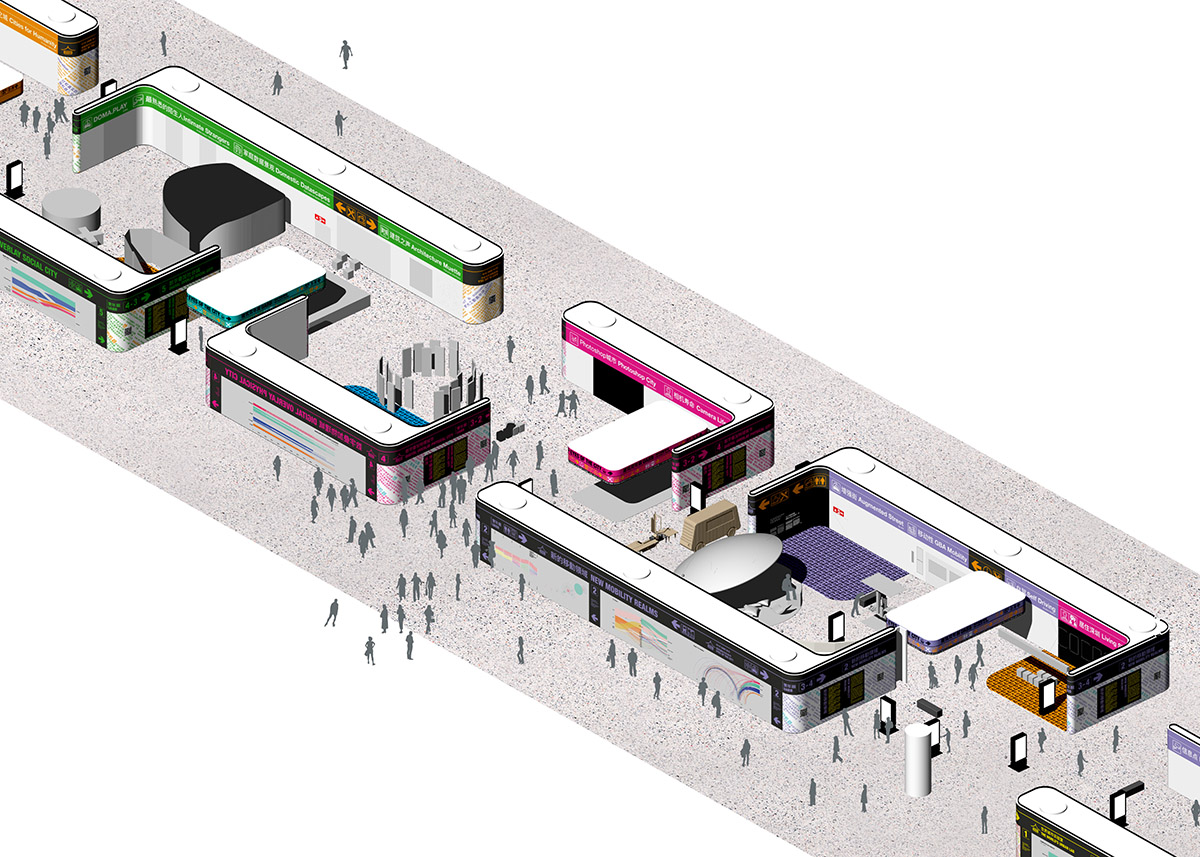
“Eyes of the City” UABB, by Luigi Savio (CRA)
The “Eyes of the City” will be the world’s first architecture Biennale to be entirely produced on-site. Inspired by the Fab Lab movements initiated by MIT professor Neil Gershenfeld, this choice acts as both a tribute to Shenzhen’s role as “factory of the world” and as a way to push the boundaries of open-source design, which relies on information shared digitally. All projects will be also made available online so that anybody can download them and potentially reenact the Biennale.
The exhibition, which extends over a surface of more than 5,000 square meters, reacts to its transportation-hub location with a unique design, inspired by duty-free shopping areas. The creative spatial layout, devoid of clear gateways, was developed by CRA and Politecnico di Torino, while the visual language was conceived by the Dutch graphic designer Mieke Gerritzen.
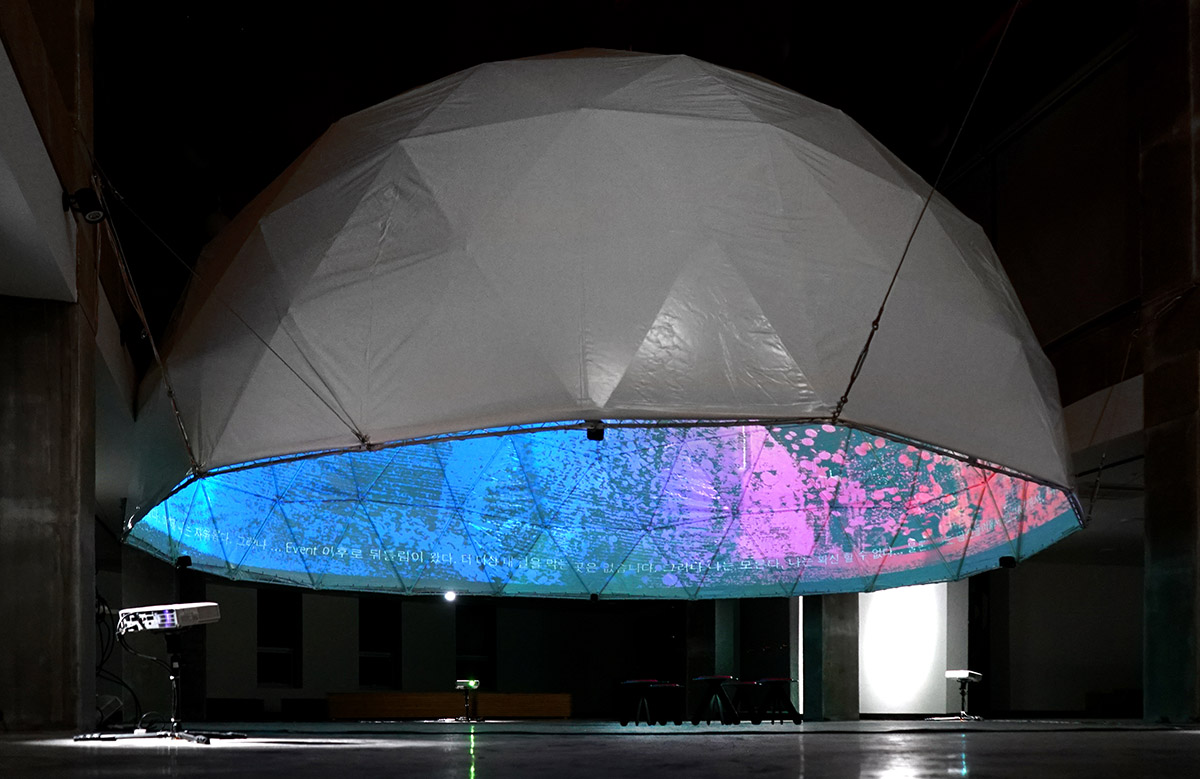
Driver Less Vision Shenzhen 1 - Guillermo Fernández Abascal+. Image courtesy of UABB
"American historian of technology Melvin Kranzberg once stated that ‘technology is neither good nor bad; nor is it neutral," said Ratti. "One of the main objectives of the “Eyes of the City” exhibition is to encourage visitors to take a stance, shunning the dangerous option of neutrality. Using critical design as a tool, it seeks to create experiences that will encourage people to form an opinion."
Exhibition credits
"Eyes of the City" Section*
Chief Curator: Carlo Ratti
Academic Curator: Politecnico di Torino - Michele Bonino; South China University of Technology - Sun Yimin (South China-Torino Lab)
Executive Curators: Daniele Belleri (CRA-Carlo Ratti Associati); Edoardo Bruno (Politecnico di Torino); Xu Haohao (SCUT)
Curatorship: Head Curator of Editorial and Events: Valeria Federighi. Head Curator of Exhibition and Graphic Design: Claudia Mainardi. Head Curator of Exhibition and On-site Coordination: Monica Naso
Assistant Curators: Erika Bettega, Camilla Forina, Xingxin He, Xian Lu
Design: The exhibition venue inside the Futian station was designed by CRA-Carlo Ratti Associati and Politecnico di Torino. Exhibition Venue Design: Andrea Cassi (Head of design), James Schrader, Alberto Benetti, Niccolò Centrone, Pietro Franceschini, Serena Giardina, Rui Guan, Stephanie Lee, Federico Riches, Ina Sefgjini, Alessandro Servalli, Chenyu Xu. Artistic Consultancy: Italo Rota. Graphic Design and Wayfinding system: Mieke Gerritzen with Luigi Savio. Exhibition Production Manager: Freddy Curiél (Lapis Bureau)
Renderings by: Gary di Silvio, Pasquale Milieri, Gianluca Zimbardi, Luigi Savio (CRA); Matteo Migliaccio (Politecnico di Torino)
Curator of GBA Academy: Adalberto Del Bo, Marco Bovati with Florencia Andreola, Maria Vittoria Cardinale, Davide Castoro, Lorenzo Ceccon, Daniele Villa
*"Eyes of the City” is one of the two main sections that form the 8th edition of UABB, dedicated to the overarching theme of “Urban Interactions”. The other main section, called “Ascending Cities”, is curated by the leading Chinese academician Meng Jianmin and the Italian art critic Fabio Cavallucci.
Top image: SEICHE, Image courtesy of UABB.
> via UABB
